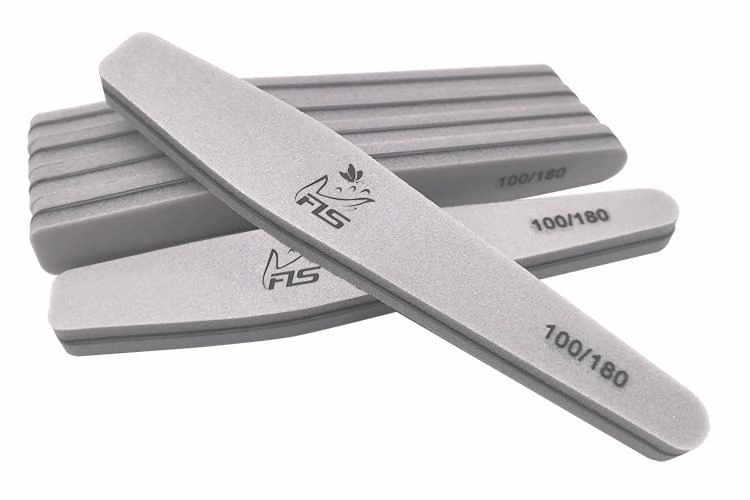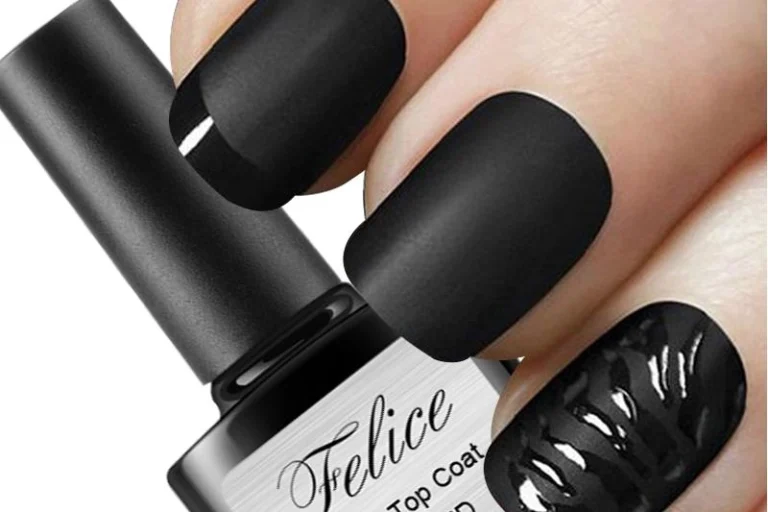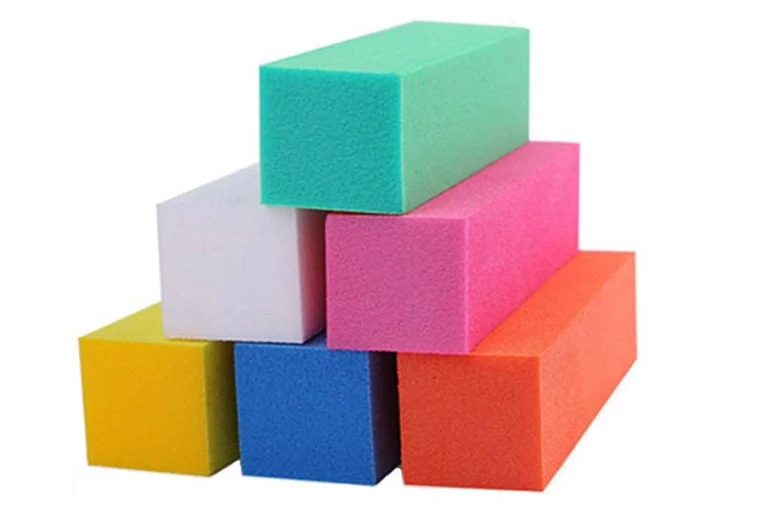Emery boards play a role in nail care whether you’re at a salon or doing it yourself at home. They help shape, perfect nails with precision. Over time, emery boards have evolved to come in shapes and sizes to cater to diverse user needs, ranging from rectangular boards to more specialized designs. Knowing the nuances of emery board shapes can significantly improve nail care routines by offering insights into how to use them for optimal results.
Understanding the Basics of Emery Boards
Emery boards have been tools in grooming for many years. Initially valued for their toughness and rough texture, these boards have evolved from designs to elegant versions that blend practicality with style. Made primarily from emery paper, a material recognized for its nature, these boards enable users to shape and smooth their nails effectively. Understanding the background of this tool enhances one’s understanding of how it has developed over time, becoming more effective and aesthetically pleasing.
Emery boards have applications beyond filing. They are essential for shaping nails, smoothing edges, and prepping nails for polish. Whether in a salon setting or at home, these tools are vital for keeping nails healthy and attractive. Their convenience also makes them perfect for fixes while on the move, ensuring nails stay well groomed at all times.
Selecting the nail tool shape is crucial for nail care. Different shapes serve functions, with some ideal for shaping and others for smoothing and finishing. Knowing these differences can improve outcomes. and prevent harm to nails and skin. By choosing the emery board shape, you can turn a harmful habit into a beneficial routine that enhances the health and appearance of your nails.
Different Shapes of Emery Board Tools
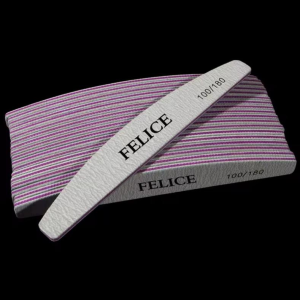
Many people still prefer using the emery board because of its versatility and simplicity. This classic shape is great for shaping and trimming nails effectively. Its wide surface makes filing quick and easy, which is why both professionals and beginners enjoy using it. The simple design is enhanced by grit options, giving users choices based on their preferences and nail types.
Designed, curved, or shaped emery boards have been created to better suit the curves of nails. They are particularly handy for accessing spots such as the sides of nails and cuticles. The ergonomic design enables a filing process, lessening the chances of nail breakage or harm. This unique shape is tailored for individuals looking for accuracy in their nail maintenance regimen, providing them with control and delicate handling that regular boards might not offer.
Specialty shapes, such as buffers and contour files, are also prevalent in the market. Buffers provide a finishing touch, smoothing and polishing nails to a healthy shine. Contour files, on the other hand, are designed to fit the natural curvature of the nail, allowing for more intricate filing techniques. These specialized tools are invaluable for achieving professional results at home, catering to users who are serious about their nail care regimen.
Detailed Examination of Felice’s Product Range
Felice offers a diverse range of emery boards designed to meet various needs within the nail care spectrum. Each product in their collection features unique attributes that cater to different preferences and filing techniques. The diversity of their offerings ensures that users can find the right tool shape that aligns with their specific desires, whether for shaping, buffing, or polishing.
Key features of Felice’s emery boards include quality materials, ergonomic designs, and a variety of grits tailored for user comfort and efficacy. High-quality abrasives ensure durability, while the thoughtful construction maximizes grip and control during use. This combination allows users to file with precision and achieve desired results consistently without compromising nail integrity.
The unique benefits of each tool shape in Felice’s collection cannot be overlooked. The rectangular options may be ideal for routine shaping, while curved designs could be preferred for intricate work. Buffers offered by Felice are particularly well-regarded for delivering a high gloss finish, making them essential for those inclined towards a polished look. The tailored designs affirm Felice’s commitment to both performance and user experience in the realm of nail care.
In summary, understanding emery board tool shapes significantly enhances the nail care experience. By exploring the history and functions of these tools alongside the robust offerings from Felice, users can make informed decisions about what works best for their nail care needs. The right emery board can lead to improved nail health and appearance, creating a routine that not only maintains but also enhances beauty.
How to Choose the Right Shape for Your Needs
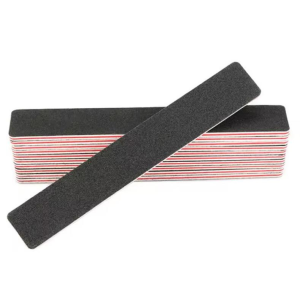
Factors to Consider When Selecting an Emery Board Shape
Nail Type and Condition
When selecting an emery board shape, it’s essential to consider the specific type and condition of your nails. For nails that are prone to breakage, softer grits are advisable, ideally found in shaped or buffer emery boards. Users with thicker or coarser nails may benefit from using traditional rectangular boards with a rougher grit, enabling efficient filing and shaping. Additionally, individuals with damaged or fragile nails should prioritize shapes that offer more control and protection, such as curved boards, ensuring even pressure distribution during use.
Desired Finish and Usage Frequency
The desired finish also plays a significant role in the selection process of your emery board shape. If you’re aiming for a polished finish, a buffer emery board specifically designed for this purpose will yield better results than a standard shaping board. On the other hand, if you frequently maintain your nails, a versatile rectangular emery board can serve well, as it accommodates different filing techniques and can be employed for both shaping and finishing. Understanding how often you will use the tool and the specific results you wish to achieve can significantly influence your choice.
Personal preferences and comfort
Personal preferences and comfort during use should never be underestimated when choosing an emery board shape. The grip and feel of the board during operation can make a substantial difference in its usability. For those who prefer a more ergonomic approach, curved emery boards may provide the added comfort needed to tackle intricate areas of the nails with confidence. Moreover, personal preferences in texture and grit will guide users in adopting a routine that feels enjoyable and effective, fostering a more satisfying overall experience.
Tips for Using Different Shapes Effectively
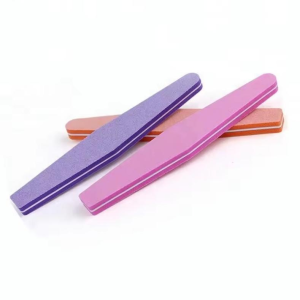
Best Practices for Rectangular Emery Boards
Rectangular emery boards are popular due to their straightforward design and versatility. When utilizing such boards, start with gentle strokes to avoid unnecessary pressure on the nails. Securing the board properly can enhance control, allowing for smooth filing motions that create desired shapes. Regularly rotating the board to utilize different sides ensures even wear and extends the tool’s lifespan, while keeping the angle consistent will prevent uneven edges, acquiring optimal results with each session.
Optimal Techniques for Shaped Emery Boards
When working with shaped emery boards, it’s crucial to understand the unique advantages these tools offer. Begin by identifying the contours of your nails and using the appropriate edge of the emery board to follow their natural curvature. Employing gentle back-and-forth motions along the nail’s edge minimizes the risk of damaging delicate areas. Additionally, adjusting the angle of the board to align with your natural grip can foster a more seamless experience. Employing these techniques will help maximize the benefits of shaped boards, significantly enhancing the precision of your nail care routine.
Specialized Uses for Buffer and Contour Files
Buffer and contour files each serve specialized purposes that can elevate the quality of your nail care. Buffers are instrumental in achieving a smooth, glossy finish that prepares nails for polish or simply enhances their natural shine. Using a back-and-forth motion with a slight pressure can stimulate the nail surface, promoting healthy shine without compromising the nail’s integrity. Contour files, on the other hand, allow users to take advantage of their curved design to navigate the nuances of nail shapes more efficiently. This feature makes them invaluable for gel or acrylic nails, as they enable users to sculpt and maintain the nail industry standards often sought in professional settings. Engaging with these specialized tools properly can yield results that are on par with salon finishes.
Care and Maintenance of Your Emery Board Tools
Cleaning and Storing Tips for Longevity
Proper care and maintenance play a critical role in prolonging the lifespan of emery board tools. Regular cleaning is essential to remove dust and debris that can accumulate after frequent use. To clean your emery board, gently scrub the surface with a soft brush or cloth dampened in warm, soapy water. Avoid submerging the board, as excessive moisture can compromise its structural integrity. After cleaning, allow the board to air dry completely before storing it to prevent mold and mildew from developing.
Storage is equally important in maintaining the condition of your emery boards. It is advisable to keep them in a cool, dry place, away from direct sunlight and humidity. Storing emery boards in a dedicated case or pouch can protect them from scratches and damage caused by contact with other items. Keeping different shapes and grits organized allows for easy retrieval during nail care sessions, ensuring a smooth workflow that adheres to your personalized beauty regimen.
When to Replace Your Emery Board
Knowing when it’s time to switch out your emery board is key to keeping your nails in shape. As you use it repeatedly, the abrasive surface of the emery board will start to wear down, making it less effective. If you find that the board isn’t filing your nails smoothly or leaves them with a texture, that’s a sign that the grit has worn out and it’s probably time for a new one. Also, if you see any signs, like the abrasive material peeling or flaking off, that’s a surefire indicator that your trusty tool has served its purpose and needs replacing.
When it comes to taking care of your nails, hygiene is an aspect to keep in mind. Emery boards, for example, can collect bacteria and other harmful germs over time, which could potentially impact the health of your nails. It’s an idea to swap them out, especially if you’ve used them on nails that are damaged or infected. By establishing a routine for replacing them based on how you use them, you can ensure that your nail care regimen stays effective and clean, ultimately contributing to the well-being of your nails.
Concluding Insights on Choosing the Right Emery Board Tool Shapes
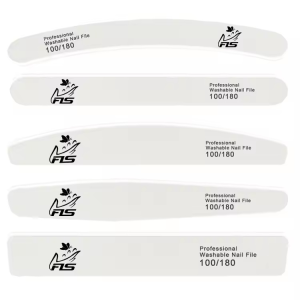
In summary, choosing the shape for your emery board requires an assessment of different aspects to guarantee the best nail care. Each shape of the board has its own features that cater to specific needs, leading to customized outcomes based on individual preferences. It’s crucial to take into account your nail type and condition when deciding on the shape, as well as thinking about the desired look for your nails.
Moreover, ensuring upkeep and timely upgrades can prolong the lifespan of these instruments, guaranteeing sustained functionality. By considering preferences and comfort levels, individuals can establish a nail care regimen that’s both practical and pleasurable.
Investing in high-quality emery boards like the ones from Felice can really step up your nail care game. With a variety of shapes to choose from, you can easily keep your nails healthy and looking fabulous. By following these tips on how to care for and pick the emery boards, you can turn your nail care routine into a soothing ritual. Knowing the significance of each tool shape empowers you to work towards having nails.

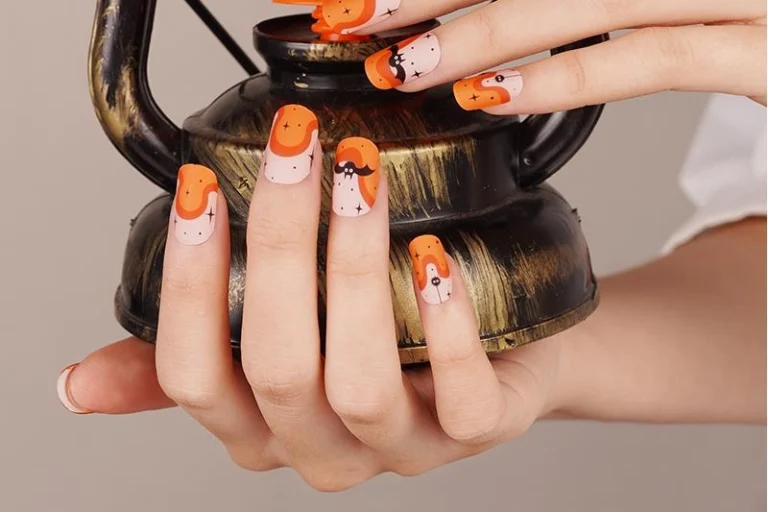
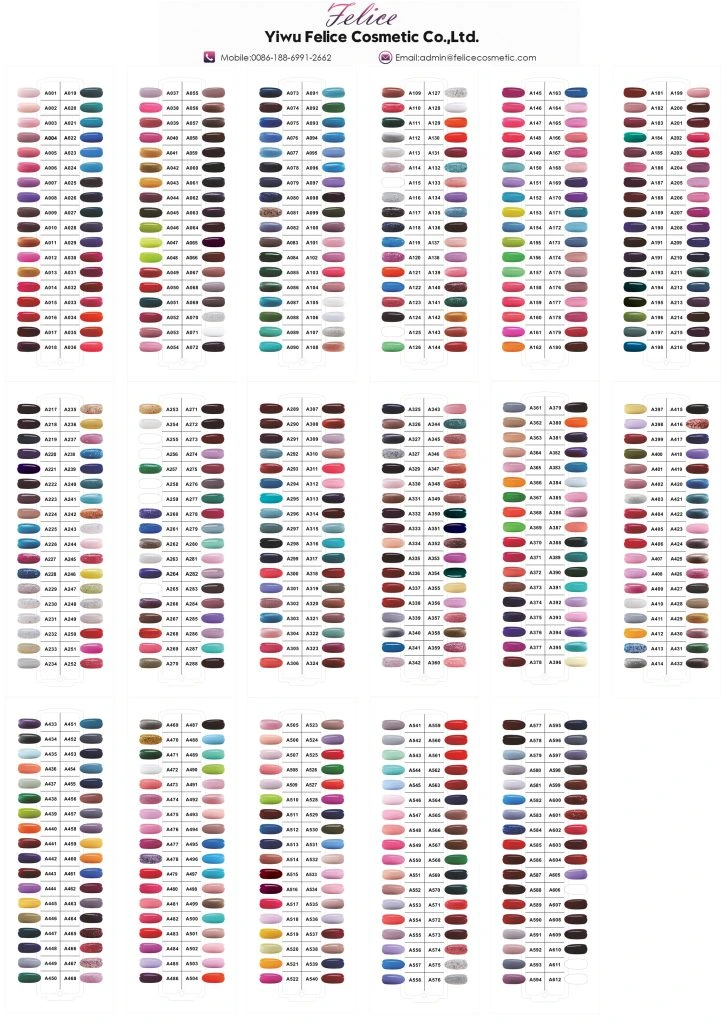
.webp)
